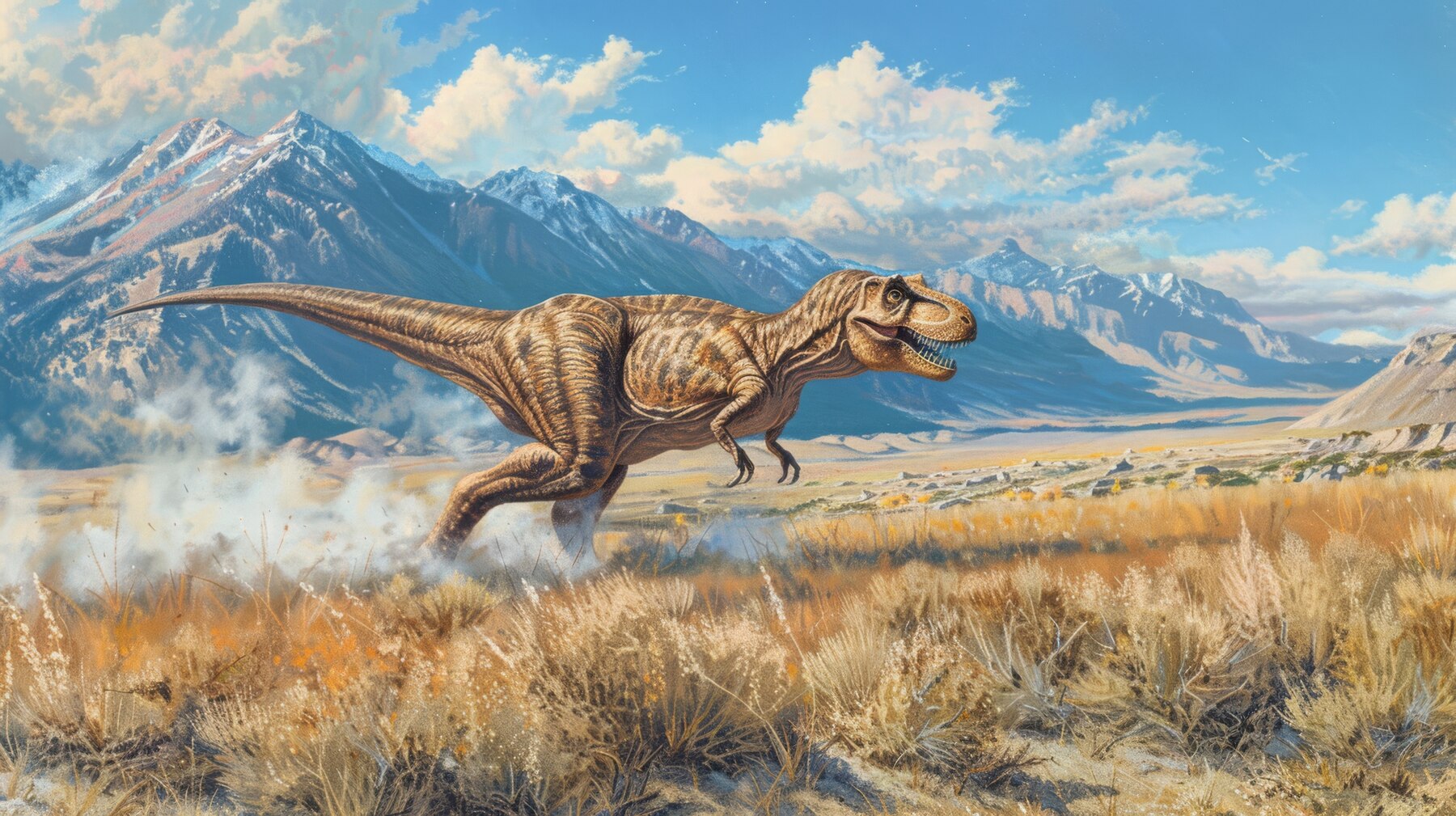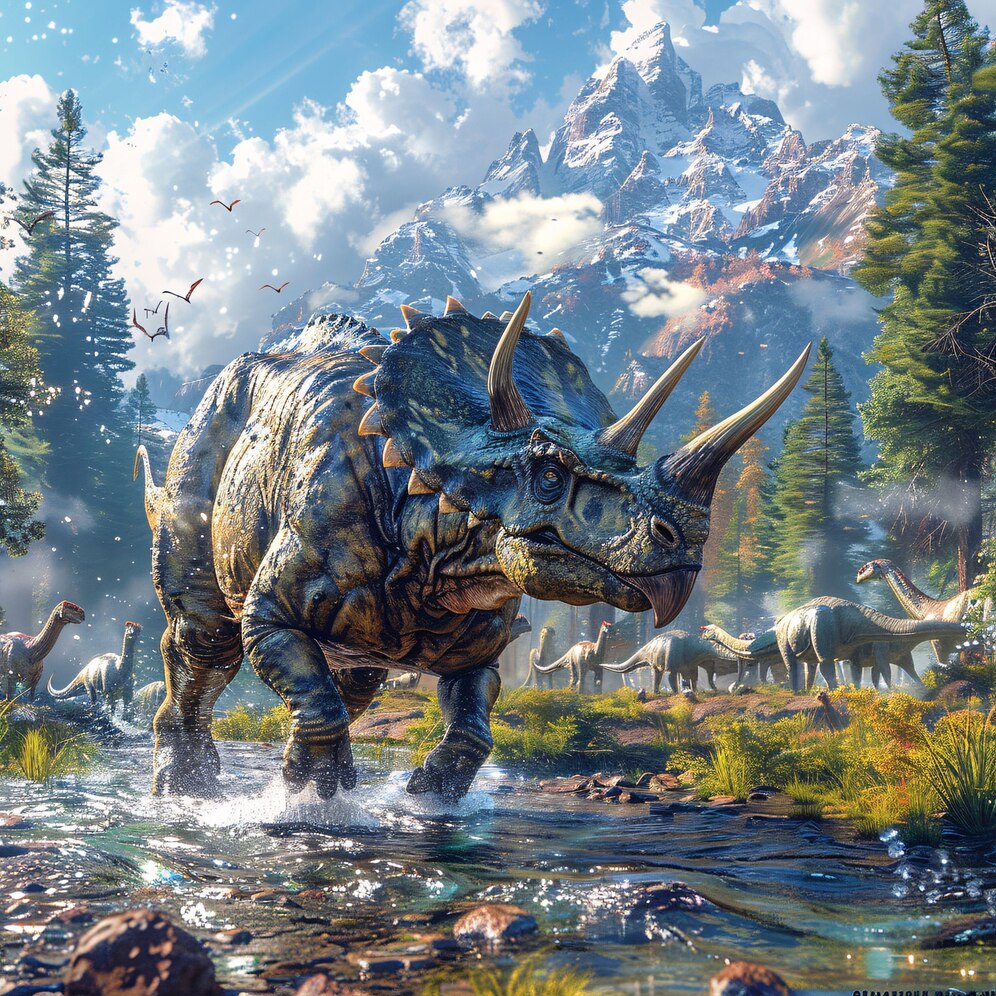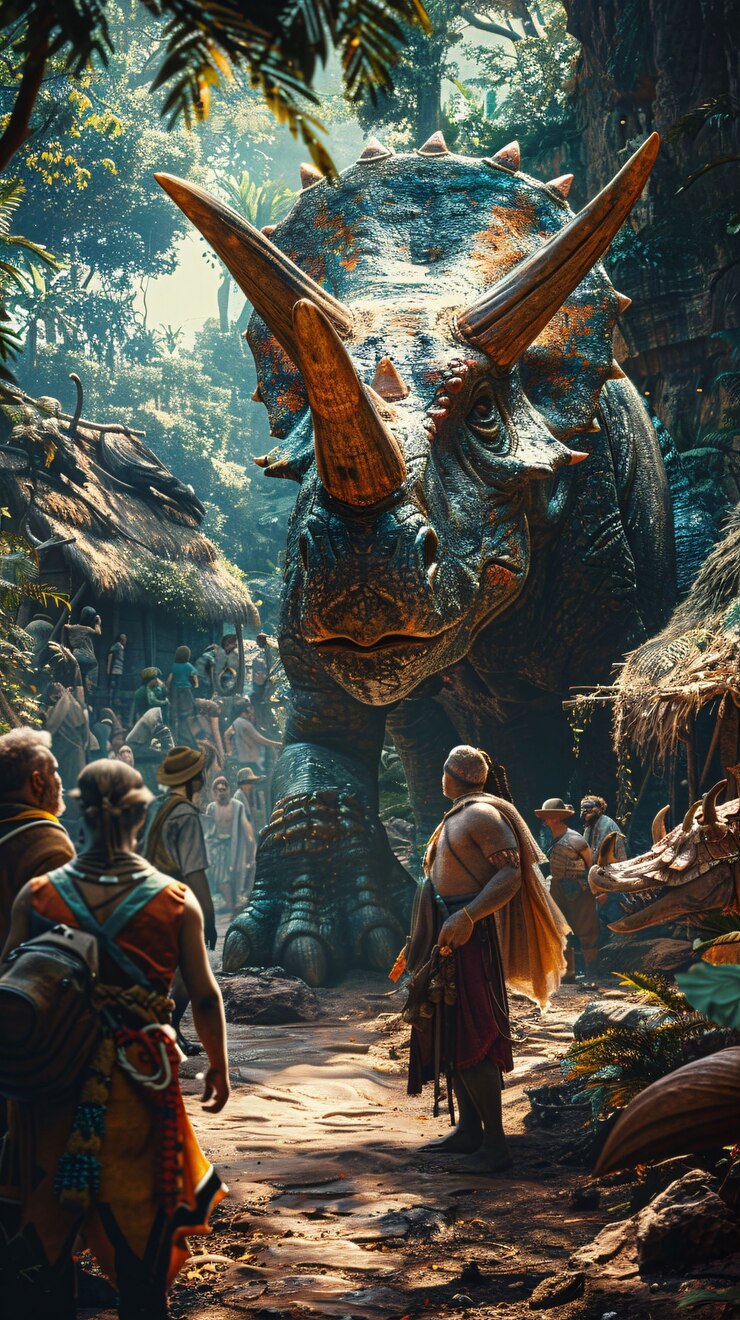Saurian
The Great Reptiles
Across the far southern and eastern reaches of Outland, a wide array of enormous reptiles stalk the jungles, seas, and even the skies. These creatures vary from monstrosities made of teeth to benevelont and gentle giants. Some appear as four legged mountains, with backs made of hard rock, and others as huge serpent-like stalkers.
Basic Information
Anatomy
Almost all saurians are covered in thick scales or plumes of pointed feathers. Some possess long bony plates or sail like spines. Others have wings and the ability to fly. Saurians vary in form and ability so much that it is believed there are well over a hundred different species of saurian living in Outland.
It is for these reasons that when first encountered, many mistook saurians for dragons. It is believed that if dragons did indeed exist, that the saurians are related if not descended from the mythical monster.
Ecology and Habitats
Most saurians prefer the tropic environments of Outland, such as the jungles of Kerijaan or Jagatai. However, many also graze around the fertile coast of Elda and even roam the scorching sands the Black Desert. Saurians size and tough armor-like skin gives them a unique adaptability to the varying extreme climates of Outland.
Dietary Needs and Habits
Though most saurians are herbivores, eating leaves from trees or grazing on grass, many are omnivorous or carnivorous almost to the point of sadism. Certain species of carnivores will sometimes stalk their prey for days, feeding off the wounded animal piece by piece.
Additional Information
Social Structure
The herbivorous forms of saurian will form massive interspecies herds numbering in the thousands, while the larger, carnivorous saurians hunt in smaller packs or pairs.
Domestication
Various species of saurian have been domesticated to fill different roles in Outlander society. The process is incredibly difficult and often results in the loss of multiple lives before a beast can be subdued. Only after the painstaking process of breaking the wild animal in can it be put to work, though it will never be as obedient as one trained from birth.
An alternative and equally difficult method of domestication begins with locating and stealing a set of saurian eggs, an incredibly dangerous task. One then cradles the egg and nurtures the hatchling to growth, as the creatures often imprint upon the first being they see. This greatly increases the creatures' willingness or ability to understand commands, and allows for more advanced training.
Uses, Products & Exploitation
Due to the dozens if not hundreds of variations in saurian species, there are just as many uses for the creatures, living or dead. Almost every piece of a saurian corpse will be stripped and repurposed by Outlanders. The hunting and domestication of saurians is a lucrative and dangerous trade that supplies much of the Two Lands with its goods.
The sale of saurian byproducts such as meat, milk, and eggs is a massive trade across Outland, where crops scarcely grow. Their thick, scaly hides are stripped and used for clothing, armor, and blankets. The huge bones of the saurian are used in the fashioning of weapons and as construction materials. Saurian skulls and teeth are prized trophies among hunters and wealthy collectors; the larger the more valuable.
Although domesticated saurians are most commonly utilized as grazing cattle or beasts of burden, certain carnivorous species have occasionally been seen used in battle as war mounts. The wealthiest princes and lords of outland train saurians as household pets, an expensive and dangerous process. Attempts to export the beasts by boat have always been frustrated by the creatures themselves, but the saurians appear inexplicably unable to thrive or even survive for more than a few years outside of Outland.
Geographic Origin and Distribution
Though they thrive in tropic environments such as jungles and swampland, saurians can be found across Outland's vast plains, deserts, and rivers. Some, however, are too massive to set foot on land and remain subdued by the sea.
Remove these ads. Join the Worldbuilders Guild











Comments